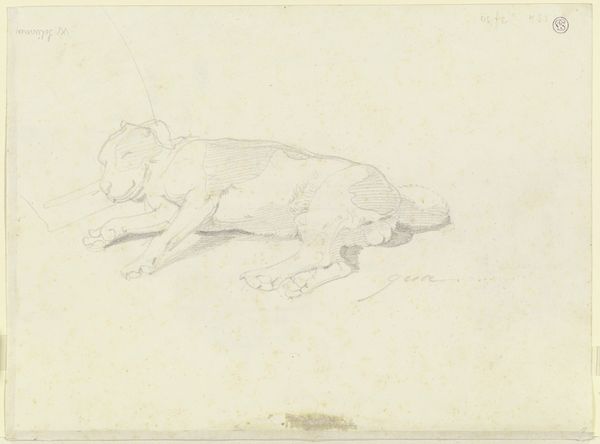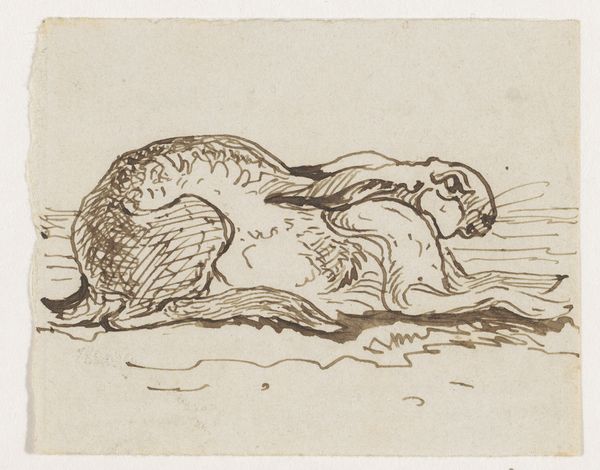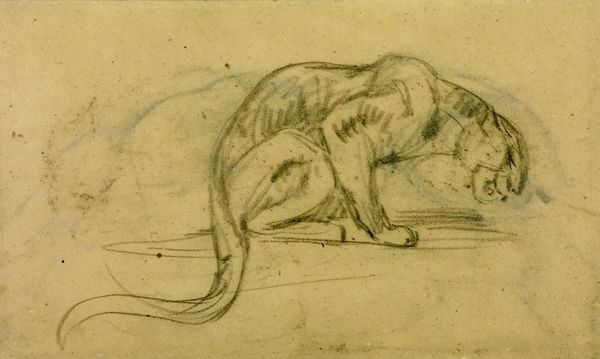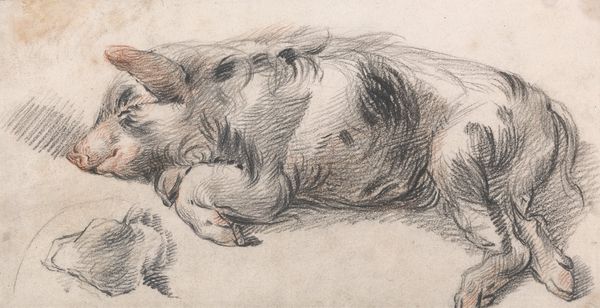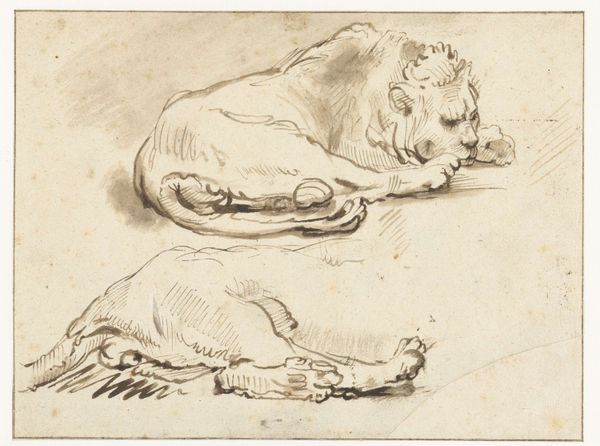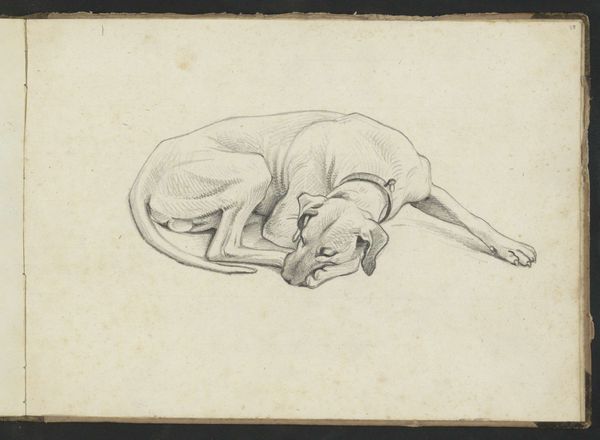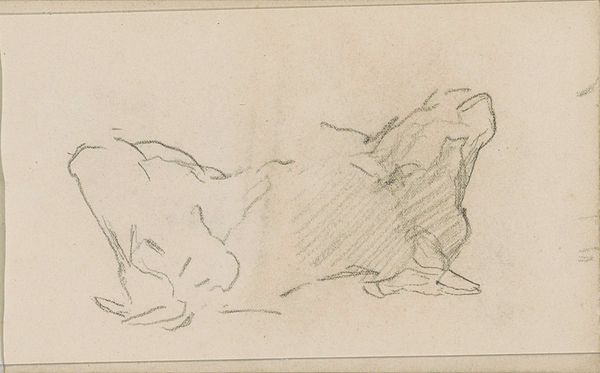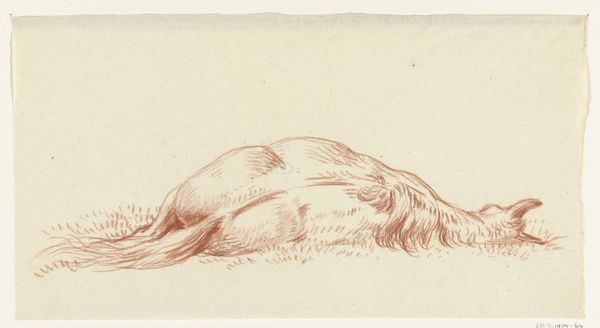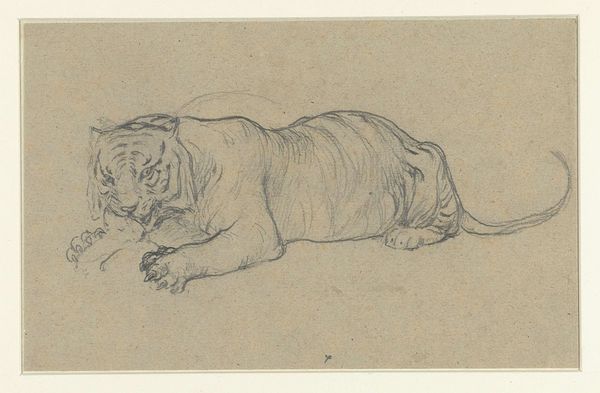
print, etching
# print
#
etching
#
figuration
#
line
#
realism
Dimensions: plate: 15.8 x 31.7 cm (6 1/4 x 12 1/2 in.) sheet: 29.8 x 39.3 cm (11 3/4 x 15 1/2 in.)
Copyright: National Gallery of Art: CC0 1.0
Editor: This is Joseph Hecht’s "Hog," also known as "Cochon," from 1933. It's an etching. There's a vulnerability to it, a simplicity of line that's quite moving. What do you see in this piece? Curator: It is tempting to view the etching simply as a depiction of a sleeping hog. However, animals in art, particularly those linked to agriculture or sustenance, often hold a greater cultural weight. Consider the pig: historically, the pig appears as a symbol of abundance, and even luck, yet also, in other cultural contexts, uncleanliness. How might these interpretations color our understanding of Hecht's print? Editor: That's interesting. I hadn't thought about the duality. Is it meant to evoke both ideas? Curator: The very act of observation carries significance. What does it mean to truly observe an animal, to depict its vulnerability and stillness? This image recalls classical depictions of animals as offerings, linking to ideas of sacrifice, sustenance, and even fragility. It reminds me of Paleolithic cave paintings—drawings meant to capture the animal's spirit, ensuring abundance. Editor: So, the pig is more than just a pig—it’s loaded with historical and cultural meanings? Curator: Precisely. Hecht gives us a contemporary lens through which to observe an ancient symbol, sparking associations with rituals of survival and continuity across cultures and time. Even the line work is symbolic—does it mimic a rough rendering of memory? Editor: I see it differently now; it’s far more evocative than I initially thought. Thanks! Curator: My pleasure! Exploring art enriches our understanding of our complex world and history.
Comments
No comments
Be the first to comment and join the conversation on the ultimate creative platform.



